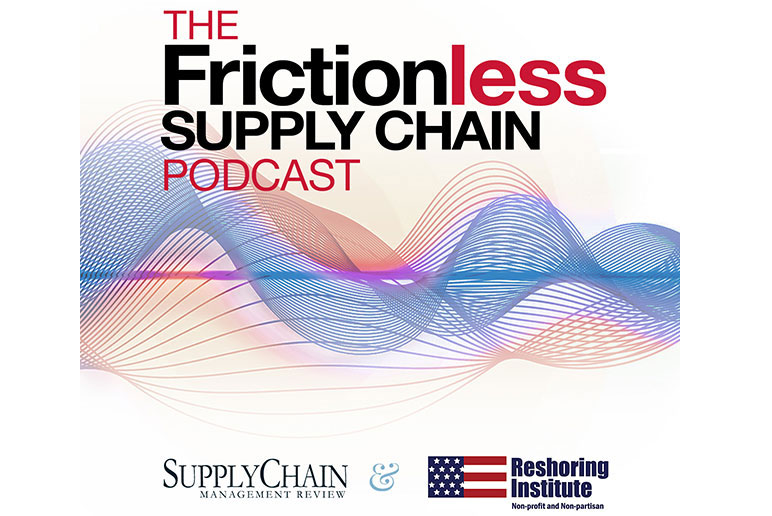At a time when mixed economic signals continue to prevail, May retail sales data from the United States Department of Commerce and the National Retail Federation (NRF) both were down compared to May and up annually.
Commerce reported that May retail sales at $404.6 billion were down 0.2 percent compared to April and up 6.4 percent annually. And it noted that total sales for the March through May period were up 5.7 percent annually. And when excluding autos, retail and food services sales in May were $331.0 billion, down 0.4 percent from April but up 4.3 percent from May 2011.
The NRF reported that May retail sales, which exclude autos, gas stations, and restaurants, were down 0.3 percent on a seasonally-adjusted basis from April and up 4.8 percent on an unadjusted basis annually, marking the 23rd consecutive month is retail sales growth, it said.
“This economy thus far is working like an old machine with many fits, starts and even some sputtering,” NRF Chief Economist Jack Kleinhenz said in a statement. “Overall though, consumers are benefiting from the slow but steady decline in gasoline prices and we expect growth will resume and should pick up through the fall.”
As Logistics Management—a sister publication—has reported, retail sales largely show slow and incremental growth, while continued growth is needed over a longer period, as consumer spending accounts for roughly 70 percent of U.S. economic activity. And while retail growth is relatively slow still, signals remain intact that the economy is showing some signs of recovery, with consumer confidence on the upswing to a large degree declines in gasoline prices over the last two months.
A fairy significant tailwind for retail sales is how they are not being aided by an added boost from inventory re-building, which was the case in the first half of 2010 and to an extent in 2011.
The continuing trend of slight or flat sequential retail sales increases remains largely intact due to fairly even retail spending at a time when retailers remain cautious on the inventory planning side and postponing commitments until the until the economic outlook becomes clearer, while they are risking stock outages by having very lean inventories.
“What are driving these gains are a confidence issue and a lack of fear due to the lack of negative change in the most recent employment data,” said Ben Hackett, president of Hackett Associates, in a recent interview. “The overall feeling from that is that it creates confidence, with consumers willing to draw down some of their savings and use it for expenditures. We are also seeing that in e-commerce sales, which can be harder to measure. In big retail stores, you are seeing an increase in sales, which can also be partially due to price increases, too. But you never know if it is pure volume or price or a mixture of the two. The strong [trade] flows suggest that there was an increase in volume as well as sales.”
Shippers have told LM that while sales are doing fairly well, they are optimistic that the second half of the year will bring about a more traditional Peak Season. Should this occur, there could be a more meaningful uptick in retail sales numbers on both a sequential and annual basis.
“The drop [in monthly retail sales numbers], albeit is small, should be taken seriously,” said Charles W. “Chuck” Clowdis , Jr., Managing Director-Transportation Advisory Services, at IHS Global Insight. “While transport volumes as holding strong, as consumer spending and confidence go, so goes transportation throughout the retail supply chains.”
SC
MR

Latest Supply Chain News
- Unlocking retention: The role employee engagement plays
- Can supply chain managers embrace an entrepreneurial mindset?
- Challenges to ESG reporting
- With capacity to spare, logistics real estate demand remains subdued
- Tariffs, taxes and trade: The impact of Trump’s reelection on the supply chain
- More News
Latest Resources

 Explore
Explore
Topics
Latest Supply Chain News
- Unlocking retention: The role employee engagement plays
- Can supply chain managers embrace an entrepreneurial mindset?
- Challenges to ESG reporting
- With capacity to spare, logistics real estate demand remains subdued
- Tariffs, taxes and trade: The impact of Trump’s reelection on the supply chain
- How to improve demand forecasts for new product families
- More latest news
Latest Resources

Subscribe

Supply Chain Management Review delivers the best industry content.

Editors’ Picks




